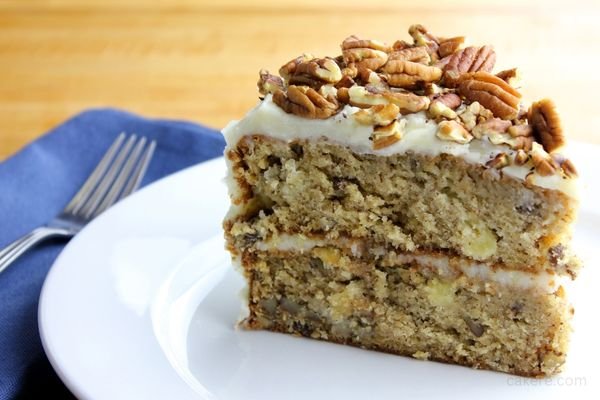If you have a sweet tooth, you may have heard of Hummingbird Cake, a delicious dessert that has become a beloved classic in Southern cuisine. With its moist and flavorful cake layers, luscious cream cheese frosting, and hints of banana, pineapple, and pecans, the Hummingbird Cake is a feast for the senses that has captured the hearts and taste buds of people around the globe.
But where did this iconic cake come from, and how did it become so popular? In this article, we’ll take a deep dive into the history of Hummingbird Cake, tracing its roots back to the mid-20th century and exploring the ways it has evolved and spread over time.

- The Origins of Hummingbird Cake
- The Rise of Southern Baking Culture
- The Evolution of the Hummingbird Cake Recipe
- Hummingbird Cake Goes Global
- Tips for Baking the Perfect Hummingbird Cake
1.1. A Mystery Wrapped in History 1.2. Theories and Legends Surrounding the Cake’s Name 2.1. From “Plain Food” to Sophisticated Baking 2.2. How Southern Cooking Influenced American Cuisine 3.1. Changes and Variations in the Classic Recipe 3.2. Innovative Twists and Flavor Combinations 4.1. The Cake that Crossed Borders 4.2. Hummingbird Cake in Popular Culture 5.1. Key Ingredients and Preparation Techniques 5.2. Common Mistakes to Avoid
The Origins of Hummingbird Cake
As with many classic dishes, the origins of Hummingbird Cake are shrouded in mystery and myth. Some sources claim that the recipe can be traced back to Jamaica, where it was known as Doctor Bird Cake, after the island’s national bird. Others believe that the cake was first created in the Southern United States, possibly in Louisiana or Kentucky. However, most historians agree that the modern version of Hummingbird Cake as we know it today originated in the mid-20th century in the kitchens of Southern home cooks and bakers.
Theories and Legends Surrounding the Cake’s Name
One of the most intriguing aspects of Hummingbird Cake is its name, which is said to be inspired by the bird’s attraction to sweet nectar. Some accounts claim that the cake was so named because it is as sweet as the nectar that hummingbirds drink. Others suggest that the cake’s tropical flavors and bright colors evoke the vibrant hues of the hummingbird’s feathers. Whatever the reason, the name has stuck, and today, Hummingbird Cake is recognized as one of the most distinctive and flavorful desserts in Southern cuisine.
The Rise of Southern Baking Culture
The popularity of Hummingbird Cake can be attributed in part to the rise of Southern baking culture in the mid-20th century. As more and more women entered the workforce and had less time to devote to traditional domestic tasks, baking became a way to express creativity and nurture relationships. Southern baking in particular was celebrated for its use of local ingredients, bold flavors, and inventive techniques, and home cooks began to experiment with new recipes and combinations.
How Southern Cooking Influenced American Cuisine
The popularity of Southern baking spread beyond the region, as cookbooks and magazines featuring Southern-style recipes became popular throughout the country. In the 1970s, Hummingbird Cake was featured in a
Conclusion
The history of Hummingbird Cake is a fascinating journey through the evolution of Southern cuisine and baking culture. From its mysterious origins to its global popularity today, this delicious dessert has captured the hearts and taste buds of people all over the world. Whether you prefer the classic recipe or an innovative variation, the sweet and satisfying flavors of Hummingbird Cake are sure to delight and satisfy. So why not try baking a Hummingbird Cake today and see for yourself why this dessert has become such a beloved classic?
